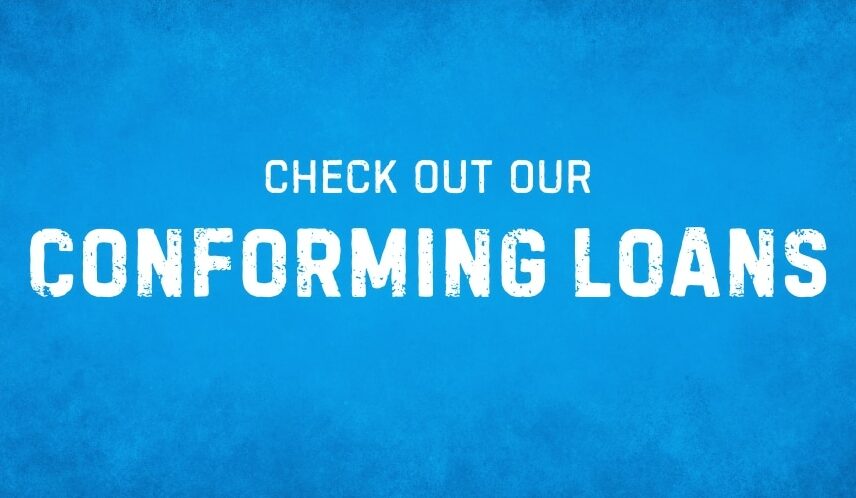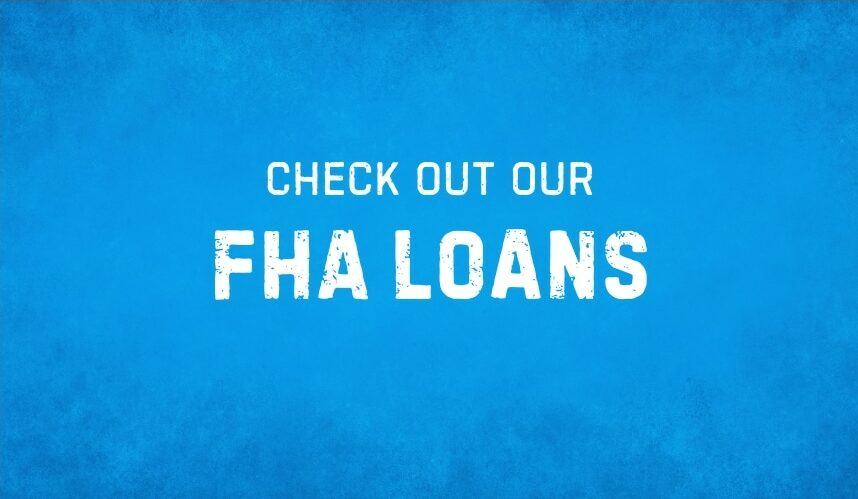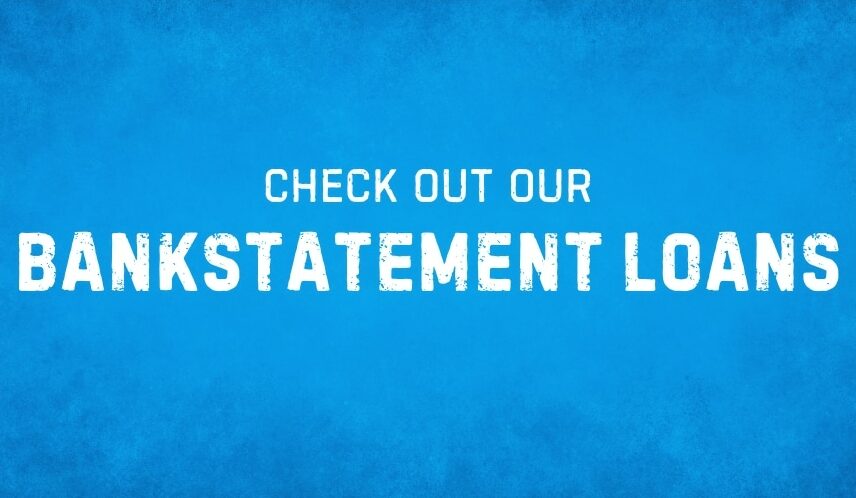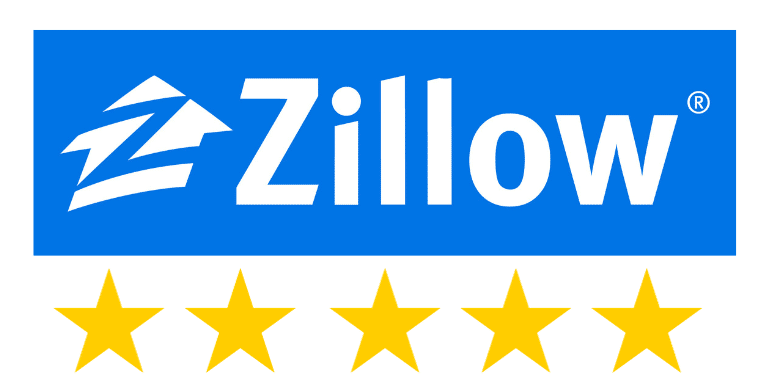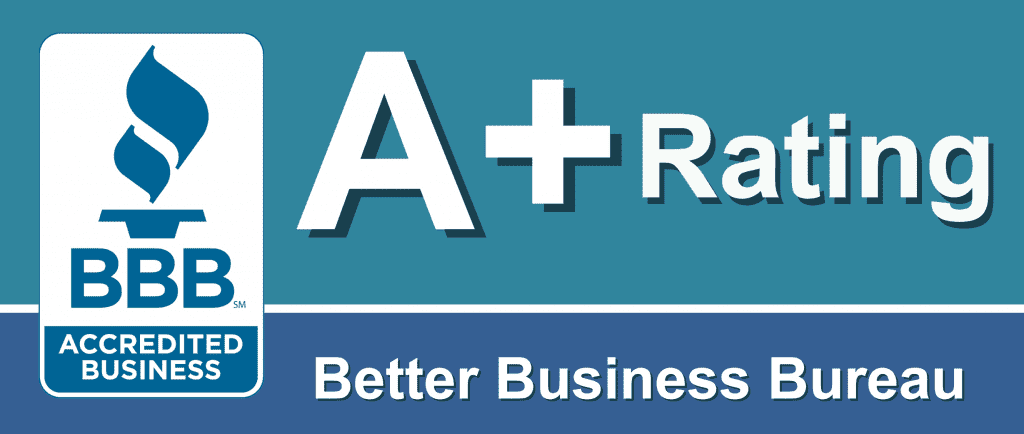
Pre-Payment Penalty
When you buy a home or refinance a current mortgage, you’ll always want to ask your loan officer if your new mortgage has a pre-payment penalty. In fact, it should be one of the first questions you ask when shopping around for quotes.
Below, you’ll discover what a pre-payment penalty is, how it works, some examples, what loans have them, and how to avoid them. Knowing this information will help you find the best possible mortgage.
What is a pre-payment penalty?
A pre-payment penalty is the amount you must pay the lender if you pay off your home loan too early. Under most loan structures, making extra payments towards your principal will not trigger the penalty. Also, not all home loans have pre-payment penalties; in fact, most do not.
How does a pre-payment penalty work?
The structure of most pre-payment penalties is pretty straightforward. There are two main components to the pre-payment penalty structure;
- The pre-payment penalty trigger
- The cost of the pre-payment penalty
The “trigger” for the penalty is clearly laid out in your loan documents; however, you’ll want the exact penalty terms before proceeding with the loan. Typically, the trigger for the penalty is paying off your home within two years.
Some loans have a longer period, such as three, four, or five years. It’s extremely rare for a lender to have a pre-payment penalty longer than five years.
How Much Does A Pre-Payment Penalty Cost?
Your lender determines the cost of a pre-payment penalty. Many lenders set their pre-payment penalty at six months of interest (referred to as a pre-set interest penalty); however, your lender’s penalty might be higher or lower.
Here are some additional pre-payment penalty frameworks lenders use;
- Pre-payment penalty based on a percentage: Under this framework, when a borrower is required to pay a penalty, the amount is equal to a specific percentage of the loan amount.
- Pre-payment penalty as a fixed amount: In this situation, your pre-payment penalty is pre-set and is similar to other loans the lender provides (even if the loan amounts differ).
- Time adjustment pre-payment penalty: If your loan has a time adjustment pre-payment penalty, that means each year the pre-payment penalty is in place, the amount you would owe if you pay your loan early changes based on the number of years left.
The cost of a pre-payment penalty needs to be thoroughly evaluated prior to proceeding with a loan application. If you are buying a home or refinancing your current mortgage and have a pre-payment penalty, ensure you fully understand the penalty structure and what it might cost (if you pay off your loan too early).
Pre-payment penalty examples
As mentioned above, there are four main pre-payment penalty frameworks. I’ll provide an example for each one here.
Pre-Set Interest Penalty Example
If a mortgage has a pre-set interest penalty, you will typically pay a certain number of months of interest upon the payoff of your mortgage. Typically, the number of months is six, but it could be higher or lower.
Pre-Payment Penalty Based On A Percentage
When a mortgage has a pre-payment penalty based on a percentage of the balance, that means whatever your current balance is, you’ll times that by a pre-set number. Typically, it’s 2.00% of the existing balance, but it could be higher or lower.
So under this example, if you had a 2.00% pre-payment penalty rate, a balance of $400,000, paid off your mortgage early, and triggered the pre-payment clause, you would then pay a penalty of $8,000 ($400,000 x 2.0%) to the lender.
Pre-Payment Penalty As A Fixed Amount
There are mortgage lenders that offer a pre-payment penalty as a fixed amount. In this situation, a lender would charge a pre-disclosed amount you would have to pay if you paid off your mortgage too soon. That amount could range from a few thousand dollars to ten thousand dollars or more.
Time Adjustment Pre-Payment Penalty
For those with a time adjustment pre-payment penalty, the penalty is based on the amount you owe and when you pay off the loan. So, if your pre-payment penalty period is five years, the penalty amount would decrease yearly.
Year one has the highest penalty, and year four has the lowest penalty.
Mortgage loans with pre-payment penalties
The two most common mortgage loans that might have a pre-payment penalty are Jumbo mortgages and Bank Statement Mortgages.
Jumbo Mortgage Pre-Payment Penalty
Most home mortgage lenders offer a Jumbo mortgage loan program. In fact, they usually have multiple options to offer. The individual lender makes the decision to include a pre-payment penalty with a Jumbo mortgage loan.
Some Jumbo mortgage programs have penalties if you pay them off early, while others don’t. A Jumbo mortgage with a pre-payment penalty might have a lower interest rate (or lower upfront cost) than a Jumbo mortgage that does not have an early payoff penalty.
In this situation, you might want to consider the option with the pre-payment penalty, especially if you are not moving or refinancing with the penalty trigger period.
Bank Statement Mortgage Pre-Payment Penalty.
A Bank Statement mortgage is a particular type of mortgage that helps those who cannot document their income the traditional way (tax returns and W-2s). Many Bank Statement mortgage loans have a pre-payment penalty, and if they do, it usually lasts two to three years (some are longer) and is typically 2% or 3% of the current loan balance.
If you are applying for a Bank Statement mortgage, you’ll want to discuss this in more detail with your loan officer.
Mortgage loans without pre-payment penalties
The following residential mortgages do not have a pre-payment penalty.
- Conforming
- FHA home mortgage
- USDA home mortgage
- VA home mortgage
After the Great Financial Crisis, the government banned pre-payment penalties on all mortgages backed by the federal government.
How to avoid a pre-payment penalty
The best way to avoid paying a pre-payment penalty is to avoid being in a position where you need a mortgage with one. That means ensuring you can document your income and maintain an above-average credit score. If you need a Jumbo loan, find a lender that offers that option without a pre-payment penalty.
Pre-payment penalty faq
Here are some frequently asked questions homeowners have about pre-payment penalties.
How Do I Know My Quotes Have One?
When you speak (or email) with the loan officer, specifically ask them: Is a pre-payment penalty attached to the loan? Finding out upfront will save you time and help you locate a better deal.
Does A Home Equity Line of Credit (HELOC) Have A Pre-Payment Penalty?
Some do! Some lenders that offer HELOCs attach a pre-payment penalty to the line of credit. This is common when the lender covers all the closing costs associated with HELOC.
How Do I Pay The Pre-Payment Penalty?
When you order a payoff of your loan from your current lender, they will add the penalty amount you owe to the payoff amount needed to close out your existing loan. You do not have to write a separate check for it.
If I Pay A Pre-Payment Penalty, Is That A Tax Write-Off?
Possibly. The two determining factors are the amount of paid interest and current tax laws when paying a pre-payment penalty. The best thing you can do is consult with your tax accountant.
Do You have a question or need a quote?
Contact KevinLow rates, fast closings, and exceptional service.
Bottom line on pre-payment penalities
No one wants to pay a pre-payment penalty, and all things being equal, I suggest you never accept one. However, under very few circumstances, a mortgage with a pre-payment penalty might be the ideal solution for a homebuyer (or a homeowner refinancing their current mortgage) who needs a specific type of loan. And in that scenario, I think it’s worth considering.
Be sure to ask your loan officer if you have a pre-payment penalty before you apply for the loan, and if you do, what is the cost to you if you pay off your mortgage too soon? Knowing the details of your pre-payment will enable you to make better long-term financial decisions.

